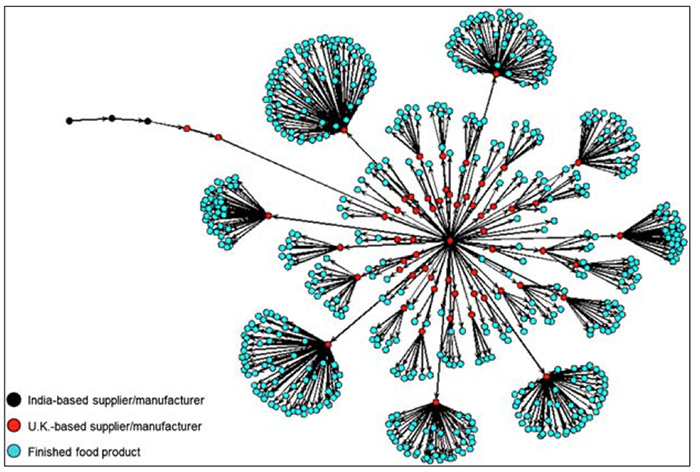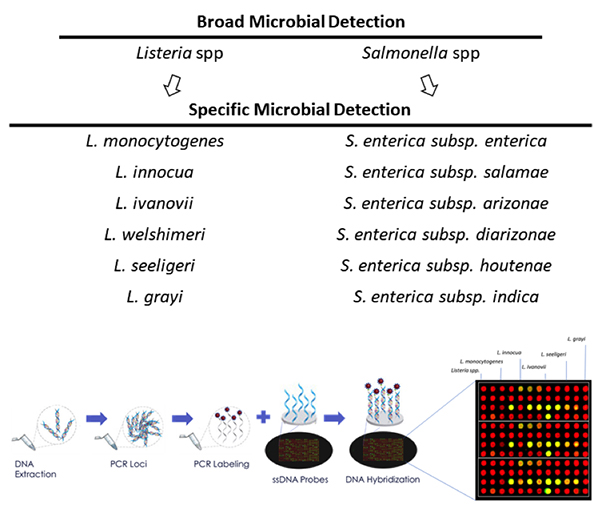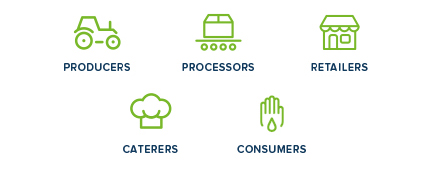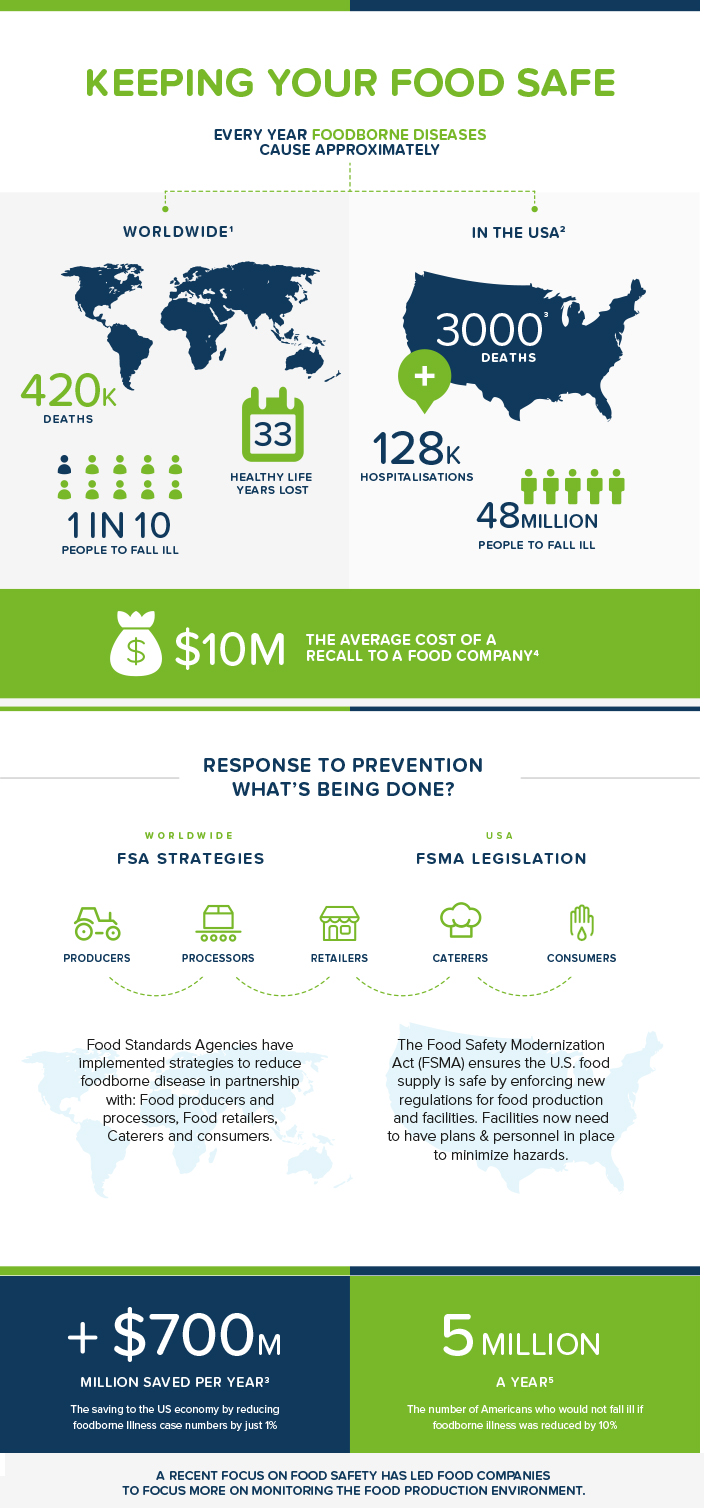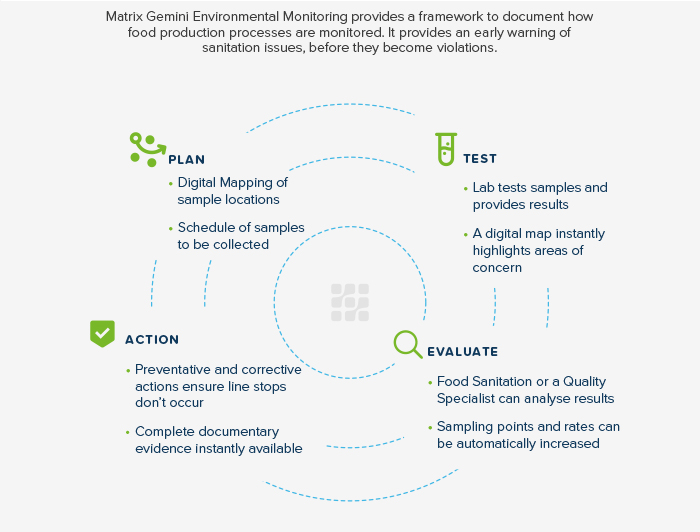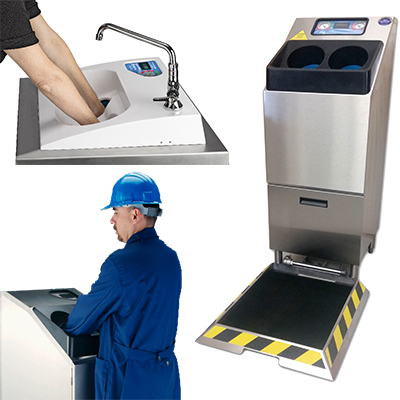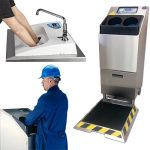The world’s population now exceeds 8 billion people. For the food industry, this means more than just additional mouths to feed; it also means changing consumer tastes, higher demand for more product variety, and the need to balance product safety and sustainability, along with profitability.
In a rapidly changing environment, digital solutions help companies make informed business decisions quickly. The missing component is rarely a lack of data itself. To stay competitive, and appropriately balance safety, sustainability, and profitability amid a growing population, companies need to reap the full benefit of their existing operational and process data to gain valuable insights and efficiencies. Data analytics and digital tools empower companies to collect, centralize, and extract actionable data-driven insights generated throughout the entire manufacturing lifecycle. While digital transformation can sometimes be overwhelming, there are specific steps you can take to realize important benefits, quickly.
Breaking Data Silos To Boost Efficiency
Food and beverage manufacturers generate large amounts of data during the process of turning raw materials into finished products, including information about equipment run time, product quality, and energy consumption.
Despite the need to share and analyze this data collaboratively, industrial data is often stored in separate systems, managed by different teams, and at times governed by inconsistent processes. These data silos impede collaboration, diminish quality control and safety measures, and ultimately hurt the bottom line. In a highly regulated industry, simple missteps can negatively impact brand reputation in addition to causing compliance violations and regulatory penalties.
Subscribe to the Food Safety Tech weekly newsletter to stay up to date on the latest news and information on food safety and quality.
Consider a food manufacturer that produces packaged goods. An unplanned stoppage in production can lead to safety incidents, product contamination and losses, and energy wastage. Connecting manufacturing data across functions and generating contextual insights will result in proactive planning and maintenance scheduling.
A manufacturer with disconnected inventory management and production planning systems cannot accurately forecast product demand or adjust its production schedules. This results in missed insights and excess inventory or stockouts that lead to increased costs, and/or missed sales opportunities. In both scenarios, a robust data and digitalization strategy could reduce process disruptions or deviations, product waste and recalls, and revenue loss.
Four Steps to Get More out of Your Data
Robust data analytics and management tools can provide value across the organization. The following strategies will help ensure digital initiatives deliver maximum value nearly right away throughout the entire manufacturing cycle. These quick successes help the pave the way for long-term digital integration.
Start with small initiatives. It is usually most effective to start small when it comes to digital initiatives. Pick a single site or production line, identify an urgent pain point to solve, and develop a focused approach to applying analytics. This strategy ensures a targeted investment of resources and time, as well as the opportunity to test and refine strategies.
After initial project success, it is often helpful to step back and evaluate what worked, what did not work, and review best practices for deploying the technology at scale.
Set clear goals and metrics. Setting clear, measurable goals and metrics allows you to monitor progress. For example, a company might want to work toward reducing equipment downtime by 20% within the next six months. In addition, it’s often helpful to have a champion in the organization who will push for innovation, track progress, and serve as a motivator across the company.
Build data-driven operations. Comprehensive data-driven solutions have embedded domain expertise to make employees’ jobs easier by freeing them up for high value work. The key is to invest the time, energy, and resources in training employees effectively.
When deploying AI and other data-driven technology, focus on high-impact areas for quick wins. Centralized data management systems can seamlessly connect sensors, IoT devices, legacy systems, or other interfaces in production processes, allowing engineers and managers to focus on problem solving versus data collection and analysis.
For instance, AI-powered process analytics software can analyze process data, monitor variables that are likely to produce an off-spec product, automatically alert the team when a problem needs to be addressed, and prescribe changes to address the issue. Likewise, predictive maintenance solutions can use this data to detect equipment failures early and accurately, thereby reducing downtime events. These solutions also have built-in prescriptive capabilities to guide and empower maintenance personnel to address equipment issues in a timely manner.
Leverage data to identify areas for future innovation. Beyond solving today’s production pain points, data analytics can transform manufacturing for the future by helping companies respond to changing consumer preferences and needs, including the increase in health-conscious consumers and the global rise in food allergies. By analyzing this kind of data, the industry can identify areas where innovation is needed. And, as new products are developed, existing solutions can be leveraged to increase flexibility and efficiency in production lines for data-driven growth.
By unlocking the true value of data, companies can generate insights with their digital transformation strategies that optimize production, reduce waste, and improve profitability while ensuring consumer safety.











